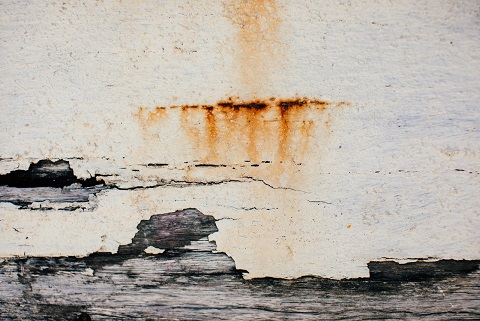
The reality is that waterproofing is more than just slapping a coat of fine quality waterproof paint or enamel on the exterior. There is much more to it because the waterproofing is done from the inside, not just the outside. The frustrating thing is that it often seems like a DIY project, but it’s not; professional help is required here. Money and time we devote to a complex project like this do not usually result in the desired results unless you are an experienced builder yourself.
Proper waterproofing of a stucco building constitutes three components that only builders and contractors with in-depth construction knowledge would be able to execute. Those components, described in detail below, can help protect your structure down the road, with a minimum or zero effort on your part.
1. Multiple-Layer Approach
Waterproof stucco finish means using a multi-layer approach during the initial construction of the building. It includes a single-layer weather-resistant barrier, fiberglass or metal mat, a three-dimensional drainage matrix, and at least three stucco layers. Along with the weather-resistant barrier, there must be a mechanism (through matrix) to drain out the moisture and prevent its presence in the future.
2. Drainage Matrix
Also known as air gap rain-screen gap or drainage mat, drainage matrix is crucial to draining any trapped water from the structure. Additionally, it ensures that the moisture is not trapped in between the stucco by letting the water drain and providing an air gap for easy evaporation. The mat also prevents moisture from spreading into adjacent layers. Coupled with a weather-resistant barrier, it is an effective way to waterproof stucco.
3. Flashing
The actual test for waterproof stucco is how well the flashing is installed in various structure areas. Unfortunately, even with all the significant precautions, moisture may still seep inside. Openings in the stucco wall are notorious for providing a pathway for rainwater. Therefore, using a metal flashing is a necessity to prevent a stucco water leak, not an option. The flashing must be installed all around the windows and doors in places where they meet stucco. Water-resistant barriers should also be used in layers on the sides and beneath the bottom window flanges.
Kick-out flashing comes in handy for roof and stucco intersections. This flashing can help prevent water from escaping through openings around stucco. Absolute Maintenance & Consulting also recommends using a water-resistant barrier at the top of the stucco walls and rain gutters for additional protection.
As mentioned earlier, waterproofing stucco, when done professionally, results in a fine structure. By all standards, waterproofing is a self-reliant one, which means it needs less maintenance and will last long. Our professionals assist in stucco water leak detection, fix a stucco leak, and offer the peace of mind you deserve.
Our Los Angeles stucco waterproofing company is highly experienced in waterproofing stucco. We not just waterproof your building but offer helpful tips and detailed advice towards what needs to be done during our consultation. Our waterproofing service will provide immediate results, rewarding you with a strong structure that requires minimal care and effort.

Contact us either by phone or email 24 hours a day.
Los Angeles Location
Proudly Serving The Following Cities In LA/Orange County:
Ranchos Palos Verdes, Brentwood, Pacific Palisades, West Hollywood, Bel Air, Beverly Hills, Culver City, Hollywood, Huntington Beach, Long Beach, Los Angeles, Newport Beach, Redondo Beach, and Santa Monica.
Review Us On Yelp
© 2024 Absolute Maintenance & Consulting | All Rights Reserved